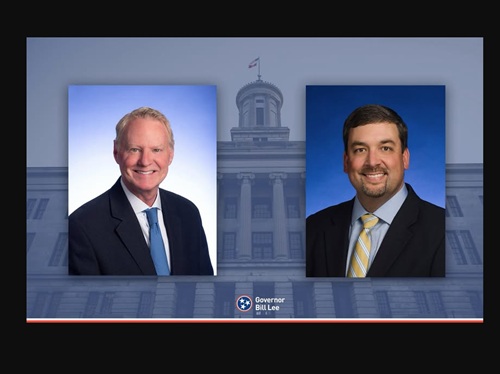In a recent blog post, the Texas Department of Transportation highlighted the work it has done statewide over the last several years to prevent wrong way roadway crashes.
[Above photo via TxDOT]
“Our team has worked hard over the years to implement many countermeasures for wrong way driving, from signage and pavement markings to advanced detection systems,” said Theresa Poer, director of transportation operations for TxDOT’s Fort Worth district – noting that, while wrong-way wrecks make up less than 1 percent of all crashes statewide, they are among the most severe as they often result in head-on collisions.
Nearly a decade ago, TxDOT began pilot programs in some of the largest cities across the state, installing a variety of wrong-way countermeasures on corridors identified as having the most wrong-way drivers.
Since most-wrong way drivers are impaired, and impaired drivers focus on the pavement directly in front of the car, several of the countermeasures have been developed with that understanding, while others are used to notify TxDOT staff about wrong-way drivers in real time.
Those countermeasures installed include:
- Reflective pavement arrows;
- Light emitting diode or LED wrong-way flashing signs;
- New signs with reflective tape that are lower to the ground;
- Radar detection modules;
- High resolution traffic cameras;
- Thermal sensors equipped with artificial intelligence or AI to reduce false alarms.
Poer noted that, as of today, all the major metro areas of Texas have at least some wrong-way driver countermeasures on highways.
State departments of transportation across the country have installed or are currently installing such wrong-way detection technology on the highways under their purview.
For example, the Utah Department of Transportation installed 15 wrong-way driving detection systems in 2023 and is currently in the process of installing eight more such systems on highways statewide.
The Nevada Department of Transportation substantially completed installation of wrong-way driver detection systems on I-580, known as the “Carson City Freeway,” in September 2023. The agency has been installing such technology on selected highways statewide since 2019.
In June 2023, Governor Ned Lamont (D) signed into law a measure passed by the state legislature directing the Connecticut Department of Transportation to install wrong-way driving alert systems on at least 120 additional highway exit ramps statewide – ramps identified by the agency as at “high-risk” for wrong-way driving incidents. Connecticut DOT noted, however, that it has been installing wrong-way driving detection technology on state highway exit ramps over the last three years and continues to expand its use statewide.
In September 2022, the Kentucky Transportation Cabinet received $5.1 million in federal funds to pilot test a wrong-way driver detection system on select highways statewide.
KYTC said its “Wrong Way Driving and Integrated Safety Technology System” would use “cutting-edge” computing and video processing to implement a pilot program aimed at detecting and deterring wrong-way incidents by alerting the wrong-way driver, other drivers, and emergency responders.
In July 2022, the Oklahoma Department of Transportation began pilot testing a wrong way detection and alert system on six ramps along I-40 in the eastern part of the state. Using thermal cameras, the system identifies when a vehicle enters an exit ramp in the wrong direction and displays flashing lights on already posted “Wrong Way” signs to increase noticeability.
The Arizona Department of Transportation deployed a first-in-the-nation thermal-camera wrong-way vehicle alert system in the Phoenix area in 2017 – a system that received a national award in 2018. The agency is also enhancing and expanding its wrong-way driver detection system to other highway corridors statewide.
 States
States


